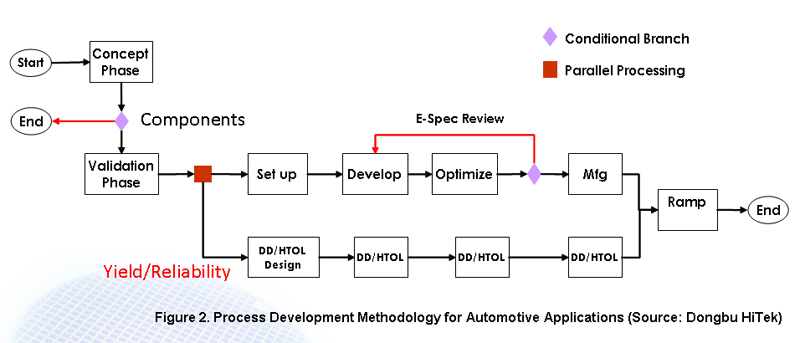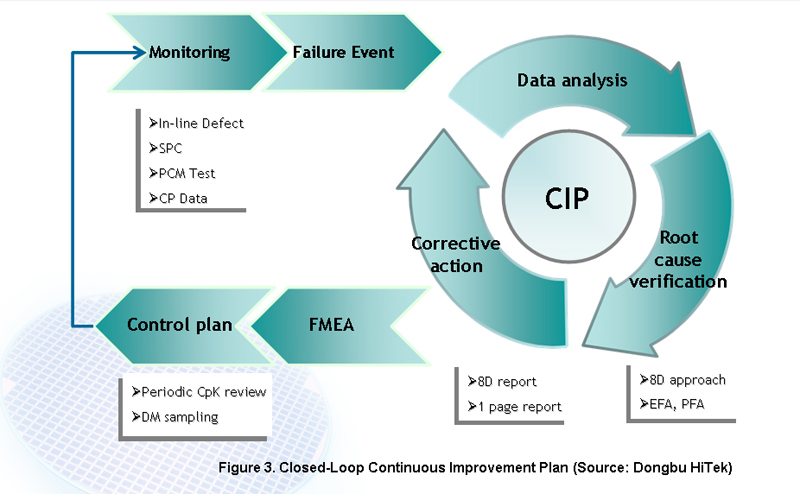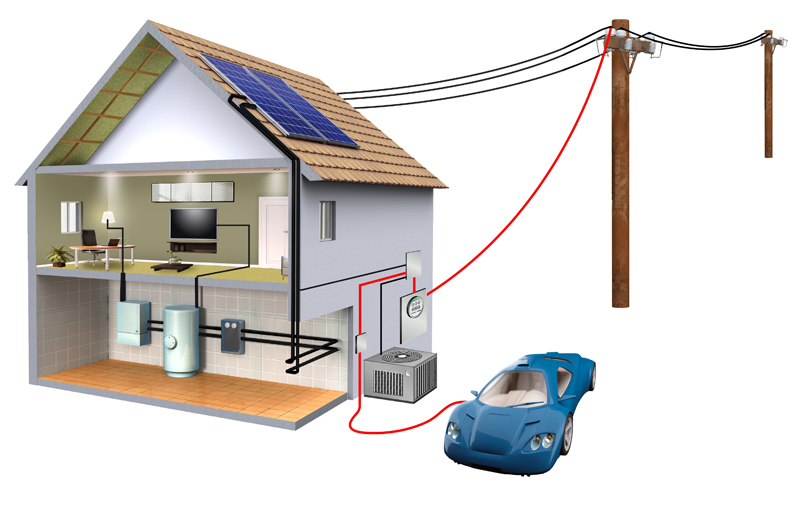Author:
Jim LeClare, Principal Member of Technical Staff and Scot Robertson Executive Business Manager for Powerline Products, Maxim Integrated Products
Date
08/04/2011
Electric vehicles (EVs) and plug-in hybrid electric vehicles (PHEVs) are building a viable market of mobile electrical energy consumers. New relationships between electricity providers (the utility companies) and automobile owners are emerging. EVs impose new dynamics and demands on the electrical supply itself. There is, in fact, a symbiotic relationship developing between the EV and energy provider. Because of their large storage capacity, often 10kVH, EVs draw currents of 80A or greater over a period of hours. This strains electrical grid components, especially low-voltage transformers which can overheat and fail while serving consumers' homes. Meanwhile, the EVs' electrical storage capacity can also reverse the current flow. It can then supply power back to the grid, thereby helping the utilities to meet demand peaks without starting up high-carbon-output diesel generators. To enable this new dynamic relationship, the EV and the energy provider must communicate. The utility must be able to authenticate the individual vehicle, and bidirectional communications is needed to support negotiation of power flow rates and direction. To address this new market requirement, standards organizations, including the Society of Automotive Engineers (SAE), International Organization for Standardization (ISO), and International Electrotechnical Commission (IEC), are working to specify a communications system that connects EVs and the charging station, referred to as the electric vehicle service equipment (EVSE). Integrating this secure, reliable, bidirectional communication into the existing electrical power delivery system involves many critical design issues. Meanwhile, as charging EVs has become a critical industry need, a new standard for the smart grid, G3-PLC, has emerged as the leading technology for energy-management communication on powerlines. EV-to-EVSE Communication Criteria Automotive companies have been studying and testing various EV-to-EVSE communication solutions for over three years. Recently, the automotive community has narrowed its testing to two powerline communications (PLC) solutions, with focus on a G3-PLC system as the low-frequency option. G3-PLC Is Optimized for EV-to-EVSE Communications For some time and in parallel with the automotive industry's investigations, the utility industry has been developing robust, high-reliability G3-PLC implementations with 10+ year lifetimes. These efforts have been supported by the world's largest utilities, including Electricité de France® (EDF®). The G3-PLC powerline modem was designed to uniquely work in harsh conditions where a negative SNR is expected. The importance of this G3-PLC capability cannot be overemphasized. It is crucial for ensuring reliable communication across the full range of EV-to-EVSE conditions. Handling High-Noise Charging Cables Most of the independent PLC solutions tested worked in the lower amperes; G3-PLC was the only PLC system tested that functioned reliably at 250A. The test data (Figure 1) show that noise can be 20dB or higher than the signal. The noise from the switching power supply can also be at different frequencies, depending on the switcher. A G3-PLC system incorporates unique features to combat such harsh conditions, including a robust mode (robo mode), adaptive tone mapping, two levels of error correction, and a two-dimensional interleaver. These features enable G3-PLC's unique capability to reliably communicate through the telephone pole line transformer.

Combating EMC Prior to the G3-PLC transceiver, EMC was typically a critical drawback in PLC implementations outside the home. However, because a G3-PLC system operates in the low frequencies (under 500kHz) and is designed for the global smart grid utility network, EMC is not an issue. In fact, tests showed EMC levels below the CISPR-25 limits in the low-frequency band (below 500kHz). Preventing Association and Crosstalk Interference EVs are often charged side by side with a neighboring vehicle. Consequently, association and crosstalk are primary concerns in EV-to-EVSE networks because mistaken communications will cause billing errors. The automotive industry initially considered wireless solutions for this application, but guaranteeing correct associations proved to be a problem. PLC guarantees that the EV being charged is the one billed. A G3-PLC implementation resolves this issue. When the EVSE switch is open, no communication is possible (Figure 2). This ensures that in EVSEs with multiple charging lines, no communication occurs across open contacts or between charging lines. Using a global solution is a key goal for automotive makers. G3-PLC systems have been extensively tested in many parts of the world; each operates in licensed bands internationally within the 10kHz to 500kHz range. To support regional differences in licensed bands, the Maxim G3-PLC implementation can be programmed to conform to the locale where it is deployed. Thus, for European utility testing, a G3-PLC system is programmed in the CENELEC® A band (up to 95kHz). In the Americas, G3-PLC is programmed in the FCC band (up to 490kHz), and in the ARIB band (up to 450kHz) for Japan.

Operating on the Control Pilot Line Designing for the control pilot added additional challenges that G3-PLC transceivers overcame. To adhere to SAE J1772 specification, two key features are needed when operating on the pilot line: ultra-low voltage, and coupling so there is no interference with the PWM parameters. Because a G3-PLC system is robust, operating at low voltage (and low current) is not an issue. Figure 3 shows that operation below 500mV can be achieved with no lost packets or repetition needed. It is also important both to avoid loading down the PWM signal, which will adversely affect the slew rates, and to avoid PWM harmonics from the 1kHz, 12V signal. To ensure no overlap of the PWM frequency band and G3-PLC transmission, the G3-PLC system is set to operate above 150kHz.

Versatility Suggests Even More Possibilities G3-PLC implementations have been widely tested as an AC mains solution by numerous global utilities. SAE-sponsored tests have independently verified that tens of millions of automotive utility messages can be sent by a G3-PLC system with zero errors. This remarkably reliable performance is possible because a G3-PLC system can operate on powered and unpowered lines (AC mains, a control pilot, CAN, or any medium). With the strong interest for a G3-PLC implementation in the advanced metering infrastructure (AMI), EV-to-EVSE communications on the AC mains opens an interesting possibility: let a G3-PLC system communicate back directly to the meter. Figure 4 illustrates the broad ecosystem that G3-PLC can provide. It is expected that the EVSE in the home will have a separate, dedicated circuit breaker, thus providing a direct path back to the main external circuit breaker. Therefore, phase differences will not be an issue. . Some utilities were adding IPv6 addressing to G3-PLC system requirements before automotive manufacturers began requiring it. In fact, IPV4 addresses have almost run out. Thus, supporting IPv6 was always a priority. A G3-PLC implementation uses 6LowPAN compression to ensure true IPv6 addressing. With true IPv6 networking in G3-PLC, PHY and MAC agnostic energy management solutions run seamlessly over its network. What Matters at the End of the Day Automotive companies face many challenges to implement EV-to-EVSE communications. But now there is a low-frequency solution. A G3-PLC system, the MAX2992 powerline transceiver is a proven, robust solution that has been independently tested and verified globally. The MAX2992 is in production today, is rated for automotive grade, and complies with the imminent SAE J2931/3 PLC specification for EV-to-EVSE communication. It is also fully interoperable with the upcoming IEEE 1901.2 specification. www.maxim-ic.com